Victoria -Sound forest practices must be guided by clear and measurable goals, especially as government moves to results-based regulation, according to the Forest Practices Board's 2001 annual report.
The report, which summarizes the results of the board's work last year, notes problems on the ground that could be avoided through well-defined, measurable direction at all forest planning levels. Such problems were identified mainly around protecting species and habitat, public health and safety, and forest health.
"It's important that everyone involved in forest management agree on what the desired result is, so there are shared expectations and a common understanding," said board chair Bill Cafferata. "In this time of change, the board is encouraging government to develop clear and auditable standards for forest practices."
The report also sets out the board's strategic direction for the coming year, and reports on how the board will deliver its mandate within the confines of a reduced budget. Primary goals for the board in 2002 include providing input into the development of government's proposed results-based forest practices code, reporting on the anticipated redesign of the board mandate under a new code, conducting seven new audits, bringing 80 per cent of investigations to a close within eight months of their receipt, and resolving more public complaints through alternative dispute resolution.
Some highlights from the report:
- The trend toward greater compliance with the current Forest Practices Code is continuing. Eight of the 10 compliance audits reported last year found companies met the code requirements-up from six of 13 in 2000. Bridge maintenance was the activity most likely to have fallen short of code standards. This prompted the board to issue a special report on bridge maintenance in 2001 to raise the profile of this issue and encourage improved bridge inspection and maintenance. One enforcement audit was also published-the board's first-and recommendations were made to the Vernon forest district aimed at improved tracking of trends, reducing conflict and focusing inspections on resource features with higher risks of problems.
- The board received a record 76 concerns from the public in 2001, of which 22 became formal complaint investigations. Three common themes arose in complaints coming to the board in 2001; inadequate protection of water resources; inadequate protection of habitat for vulnerable wildlife species; and inadequate planning of forest practices. Twenty of the 22 investigations reported in 2001 found that the code had been followed appropriately. In both cases of non-compliance, the practices involved roads: how a road was built in one case, and the approval of a road location in the other.
- Overall, the board published reports on 11 audits, 22 investigations of complaints, two special investigations and two special reports in 2001. The board was also busy on the legal front. In February, the Supreme Court of Canada-by declining to hear an appeal-upheld the board's jurisdiction to comment on forest practices that comply with the code but are not environmentally sound, and a review panel supported a board appeal in December by overturning approval of cutblocks containing valuable habitat for marbled murrelets, a threatened species.
- The board made 28 recommendations to government and licensees in 2001. Many of these recommendations promoted better communication between agencies responsible for enforcing the code, as well as better communication between licensees and the public. The board also made recommendations toward improving strategic direction to guide operational planning.
Bill Cafferata,Chair
Forest Practices Board
Phone: (250) 387-7964
1-800-994-5899
Jacqueline Waldorf
Communications
Forest Practices Board
Phone: 250 387-7964
1 800 994-5899
